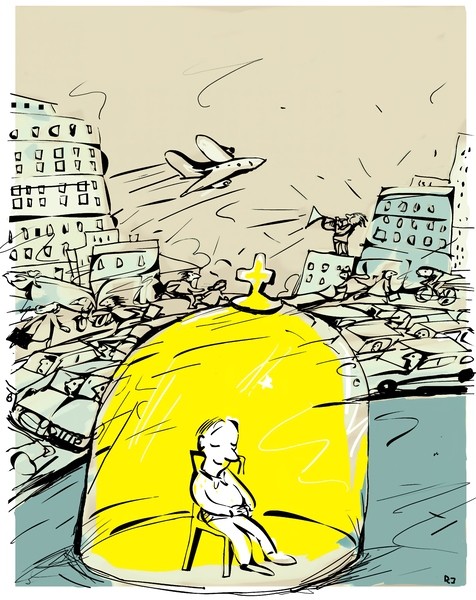|
"Go tell it on the mountain" | By Rev. Dr. Jack R. Miller The song, Go Tell it on the Mountain, first came to light when John Works published it in 1907. Works did not write the lyrics; its roots date back to the 1860s, and the original author is unknown. It is a song that transcends cultures and eras, popular as a Christmas Carol, a praise song, and a folk song. But at its core, this inspirational hymn, penned over 160 years ago, tells a beautiful story of shepherds watching their flocks by night, their encounter with singing angels in the nighttime sky, and a special child lying in a manger. After the angels left, the shepherds said to themselves, “Let us go to Bethlehem and see this thing that has happened.”Our scripture says that they came in haste. No one asked who would care for the sheep. No one said that they would stay behind and watch the camp. Like the fisherman in years to come who would leave their boats, and the tax collector who would walk away from his booth, the shepherds followed the call of God to become witnesses of the Good News. More sophisticated people may have hesitated that night outside Bethlehem, questioning the authenticity of the call, the consequences of their involvement, or what people would think. Years in the future, they would be the ones blinded by tradition to God's new message, walking away from God's call because the sacrifice of their worldly possessions was too much to ask; or ones who let their places of prominence overshadow the emptiness of their lives. They will become the people with places to go, things to do, family to bury, and friends to say goodbye to beforehand. Those who lack the childlike faith God seeks, and the mustard-seed faith God needs to grow the kingdom is of little use to a God who needs people ready and willing to serve. The shepherds eventually returned to their flocks, glorifying and praising God for all that they had seen and heard; they were changed men. An encounter with Christ does that to people. Verse 20 states that the shepherds shared with everyone they met what they had seen and experienced. Just as others would later become witnesses to the resurrection, the shepherds were the first witnesses to the Good News of Jesus' birth. Even today, once we have been blessed to experience God's presence, we too have a responsibility to share that experience with other people, to spread the word, to proclaim the Good News. In this New Year, may we come to realize, as the shepherds did so many years ago, that to experience the life-changing event of Christ's birth personally is news that must be shared. "Go, tell it on the mountain, over the hills and everywhere. Go, tell it on the mountain, that Jesus Christ is born." |
||
Haven of Rest
Formerly Saint Clare Pastoral Center
Formerly Saint Clare Pastoral Center
|
|
Copyright © 2025 Safe Haven Spiritual Center. All Rights Reserved.
